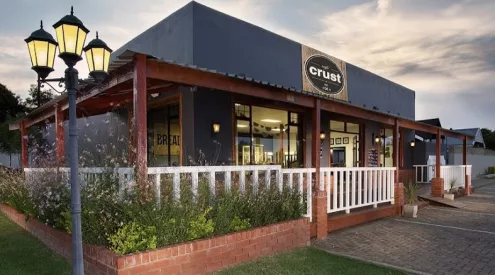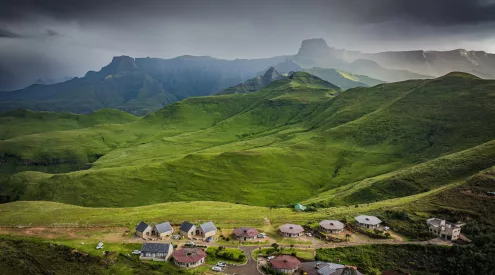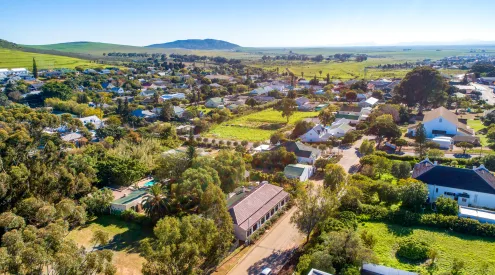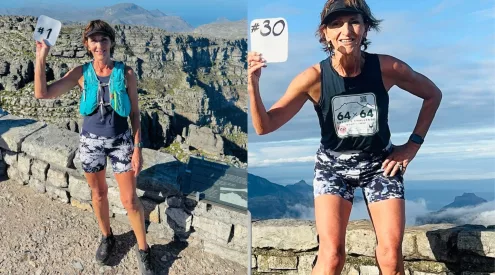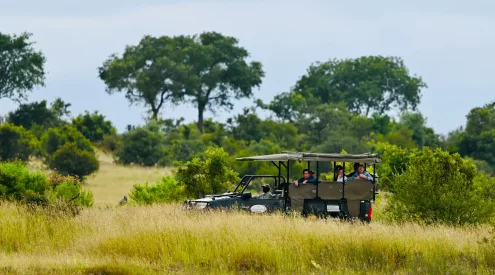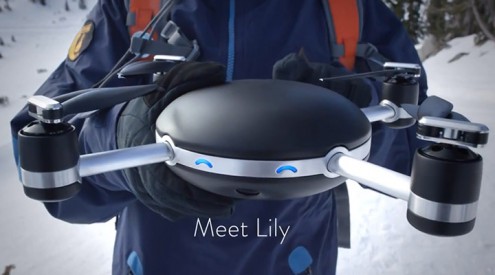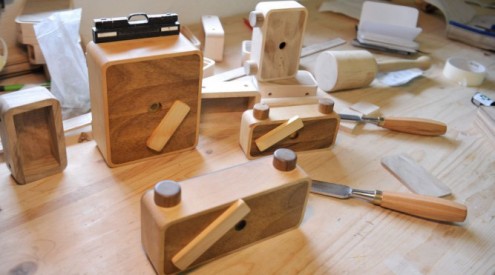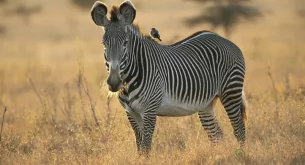Here at Getaway we love our photography gear. Most journos secretly love getting on the plane lugging a camera bag which weights more than our luggage. Others, however, will tell you that there are times when all that heavy, expensive gear isn’t really necessary (ask them when they’re at the summit). The one thing we do have in common is that when it comes to choosing what to buy, we have all spent many hours in agony while mulling over the countless options.
Wondering what camera to buy the photographer in your life this Christmas? Here’s a helping hand for models that we think rock.
Phone cameras
Modern-day technology is changing faster than Superman ever could, and in today’s world you can’t neglect mentioning mobile phones when talking photographic equipment. Their picture quality is quite astonishing given their compact size (it’s only getting better across the board) and while you might not be able print jumbo pictures, it’s perfect for instant, online sharing of those special travel memories. I chose the iPhone (4, 4s, 5 or 25) for its free apps such as Instagram (groovy filters) and Hipstamatic (change lenses, flashes and film), which opens up a whole new world.

GoPro HERO3: Black Edition
GoPro needs no introduction. It’s quite simply the world’s leading action sports camera, renowned for its ability to attach to nearly anything and capture super wide-angles. The GoPro HERO3 is smaller and lighter than its predecessor, comes with a rugged housing that is waterproof down to a depth of 60 metres and it’s also Wi-Fi enabled. R4999. If you want to see what you’re actually shooting, consider getting a detachable LCD BacPac for an extra R1050.

Mirrorless cameras
The relatively recent introduction of mirrorless compact cameras from manufactures such as Nikon, Fujifilm and Canon is a boon for travelling photographers. These powerful yet small cameras are versatile (they have adaptors that allow them to fit the lenses for big old SLR cameras) and offer excellent image quality for their price. Most importantly, they’re unobtrusive, so they’re easy to carry anywhere your travels take you and you won’t find yourself groaning about having to lug gear about. The most affordable options are either the new Canon EOS-M (R9395) or Nikon V1 (R10395), but if money is no object you’ll love the Fujifilm X-Pro 1 (R19995).



Compact point-and-shoot
If you’re new to photography or want a runaround option, look no further than a compact (very clever name) camera. Most Getaway staff always have one of these guys either as a back-up or for those moments when a less intimidating camera is needed. The options in this category are incredibly diverse with all brands continuously nudging each other.
My personal favourite (and there may be some bias here as it’s been a life saver for me) is Canons G range, currently the Canon G15. It enables complete manual control, shoots in RAW format (large files but captures the most detail), has a fast f1.8 lens and produces magazine quality pictures. R5795

Two other funky water-, shock-, freeze- and dustproof models are Canon PowerShot D20 (R3295) and Nikon COOLPIX AW100 (R2895).


DSLRs
Almost all entry-level DSRL cameras on the market today produce excellent quality images and if you step into this world, you might never look back as the ability to change lenses is addictive. If your pockets aren’t too deep, rather get a slightly cheaper model and invest in good glass (lens) with a versatile zoom range.
On the other side, the professional camera bodies are expensive, and have a array of functions that most hobbyists would seldom use.
For that reason, I’d like to talk about two mid-range models that have recently been released in a new market segment. The Nikon D600 (R22 995) and the Canon EOS 6D (R19 795) are currently the most affordable and lightest full-frame sensor models in their line-ups and are aimed at enthusiastic amateurs and professional photographers alike. The image quality is superb value for money (even at high ISO settings) and both have the ability to switch to the equivalent APS-C sensor, allowing that extra zoom with the crop factor. Both have HDR and time-lapse as built in features, and the Canon is also Wi-Fi enabled and has a GPS (available as an optional extra for Nikon).
Click here for a head to head spec comparison.



